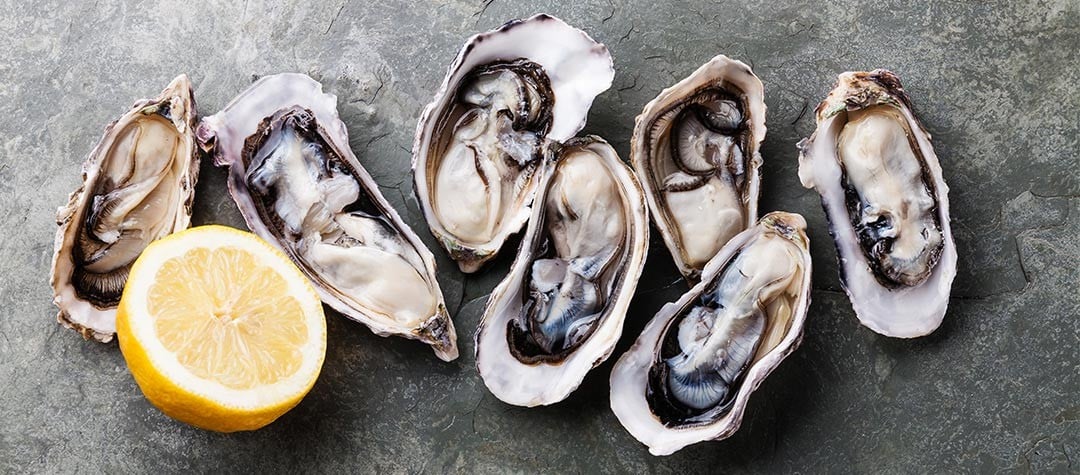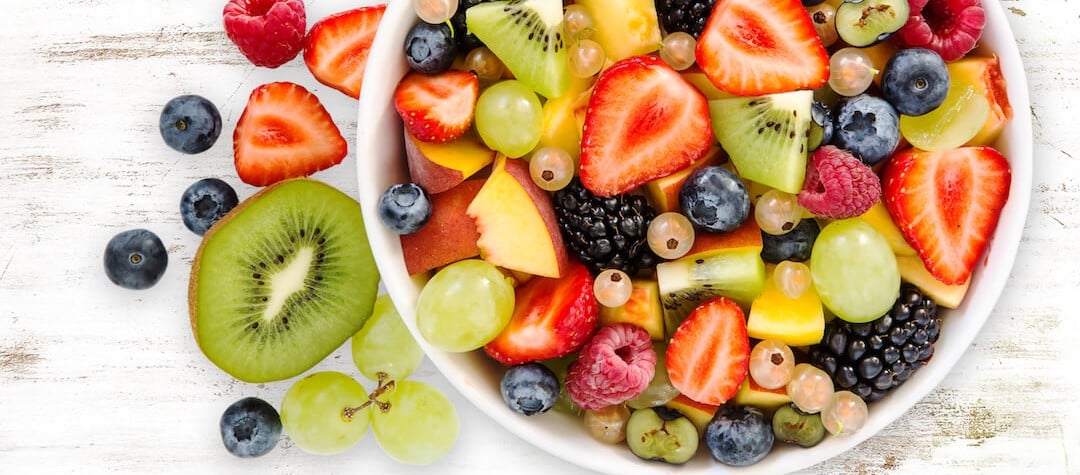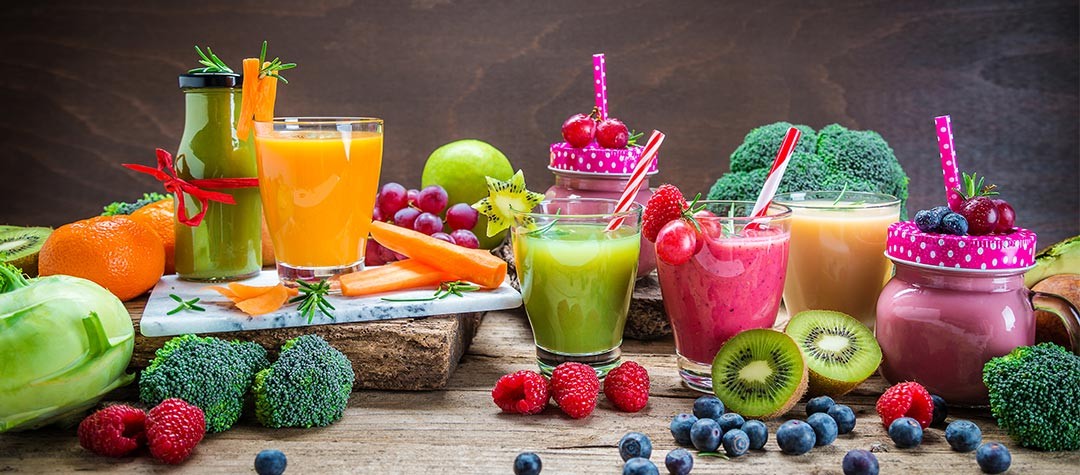Ready meals and pre packed food is great when you’re in a rush, but do you know what you’re really feeding your kids?
It’s easy when packing lunch boxes and fixing after-school snacks for children to reach for the most convenient pre-packed option — especially as they tend to be cheap, available in bulk, and undeniably fast, requiring little or no preparation time. But do you really know what’s really in the ‘child-friendly’ foodstuffs available on the market today?
Often these snacks are high in fat, sugar, salt and additives, and low in health-giving vitamins, minerals and fibre — and so a diet based around these foods could negatively affect your child’s health.
To find out what you’re really feeding your children and to find out what great, healthy alternatives are available, check out these five common snacks for kids, in which we tell you what’s actually in the foods, and offer you some healthy (and quick!) alternatives.
Snack 1: Cheese strings
The problem: Contain nearly a quarter fat, most of which is saturated. Also contain additives, butter and salt.
The alternative: Try ‘real’ cheese! A little mature cheddar on some whole wheat crackers with some fresh tomato and basil will provide calcium, fibre, and the antioxidant lycopene.
Snack 2: Crisps
The problem: These can be as much as one-third fat, and tend to be very high in salt. They may also contain trans-fatty acids — altered oils often used in processed goods, which are potentially damaging to health.
The alternative: Try baked crisps, or make some of your own by brushing potatoes or sweet potatoes with olive oil and popping them in the oven. Unsalted unsweetened popcorn, unsalted nuts, carrot sticks or rice crackers also make good crunchy snacks, and contain health-giving substances such as monounsaturated fat (which is good for the heart) and beta-carotene (good for the eyes, skin and gut).
Snack 3: Fruit-flavored drinks
The problem: Not to be confused with fruit juice, these are essentially syrups containing fruit flavors or extracts and additives. They are high in sugar and low in nutrients, and can contribute to tooth decay. One brand lists its main ingredients as: two types of refined sugar, 2 per cent fruit juice, and a type of vegetable oil!
The alternative: Fruit juice (diluted with water if necessary). While these are also high in sugar, these sugars are packaged in amongst a range of vitamins and minerals. Also, one glass of fruit juice counts as one portion towards a child’s five-a-day fruit and vegetable target. Be aware, however, that five glasses of fruit juice is not an adequate substitute for a child’s five-a-day!
Semi-skimmed milk is also a good alternative and will provide calcium for growing bones. This is particularly important for teenage girls, who need extra calcium to prevent osteoporosis in adulthood.
Snack 4: Chocolate bars
The problem: High in sugar and fat; can also contain trans-fatty acids.
The alternative: Fruit is the obvious alternative, though realistically many children would be hard pushed to choose fruit over chocolate! So, make fruit interesting by buying different kinds and encouraging your kids to experiment. Try more exotic fruits such as mango (which you can sprinkle with lime juice or whip into a smoothie). Serve fruit with plain yogurt, and/or make fruit-based puddings or oat-based biscuits with a little less sugar than the recipe states, and add a handful of dried fruit to help sweeten the mix. As a last resort, wean your children onto dark chocolate, as it has a higher proportion of antioxidants than the cheaper milk variety, and in small portions it may keep their hearts healthy and blood pressure normal.
Snack 5: Prepared processed cheese ‘dunking’ packs
The problem: Contain fat, sugar and salt.
The alternative: Try low-fat cream cheese, hummus, or guacamole (the latter two made fresh if possible) with carrots, cucumbers, oatcakes or breadsticks to dip. A combination of these will provide calcium, fibre, and vitamin E for help in maintaining strong teeth and a healthy gut and heart.
Trying alternatives
While the alternatives suggested here may take a little extra preparation time, the health benefits your children could reap will far outweigh the added hassle. Buying food in its natural form can also save money, as you won’t pay for unnecessary packaging and advertising.
More importantly, serving children ‘real’ food will encourage them to look at food not as something that comes neatly packaged in a supermarket, but as something that requires a level of respect and thought. Also, seeing their parents cooking and preparing foods will encourage your children to do the same, thus teaching them valuable life skills which will carry them into adulthood. They’ll soon be able to whip up a meal or snack with little fuss and without reliance on pre-prepared foods!














